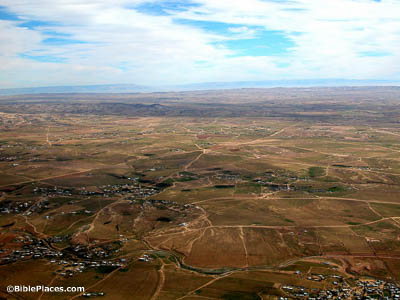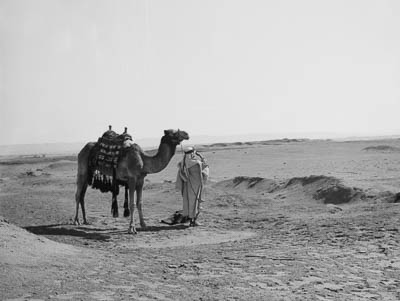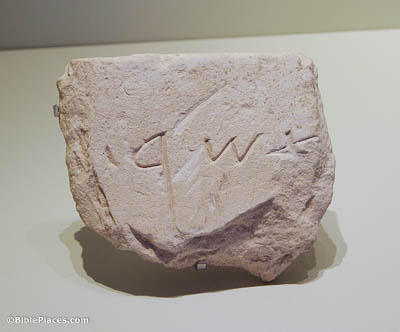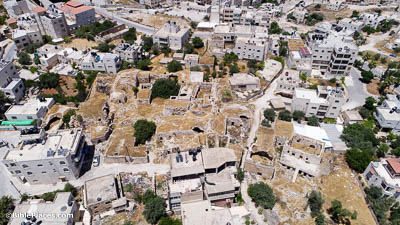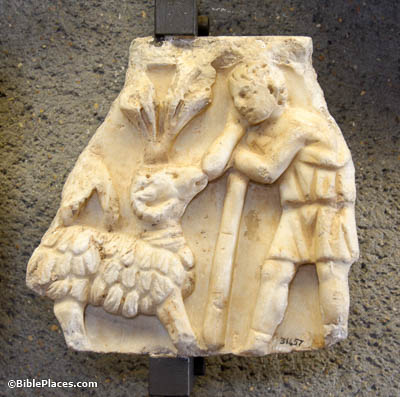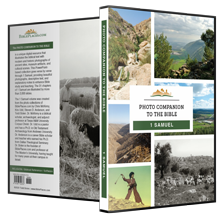I have noted what Amalek did to Israel, how he set himself against him on the way (15:2).
The Amalekites lived in the region south of Israel. 1 Samuel 27:8 describes the Amalekites as living in the land of “Shur, even as far as the land of Egypt” (1 Sam 15:7). Also, Amalek fought with Israel at Rephidim (Exod 17:7), which seems to be in close proximity to Mount Sinai and is usually connected with Wadi Feiran. The wide distribution of Amalek from the Beersheba basin (cf. 1 Sam 15) to the Sinai Peninsula indicates that they were primarily a nomadic people. This aerial view of the Beersheba basin shows the area to their north that they sometimes raided (e.g., 1 Sam 30).
